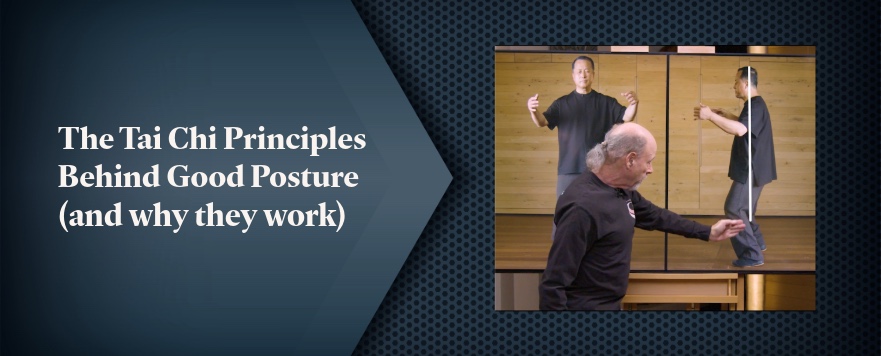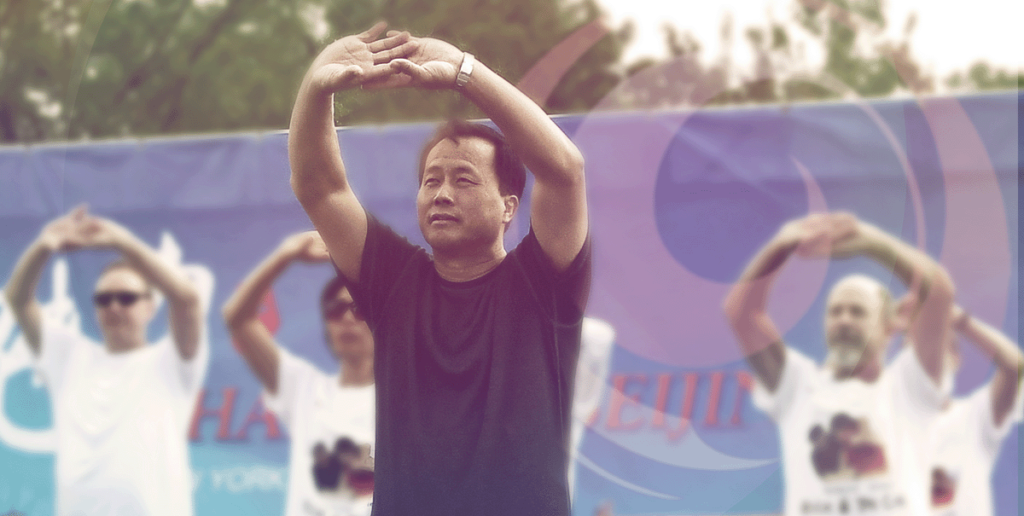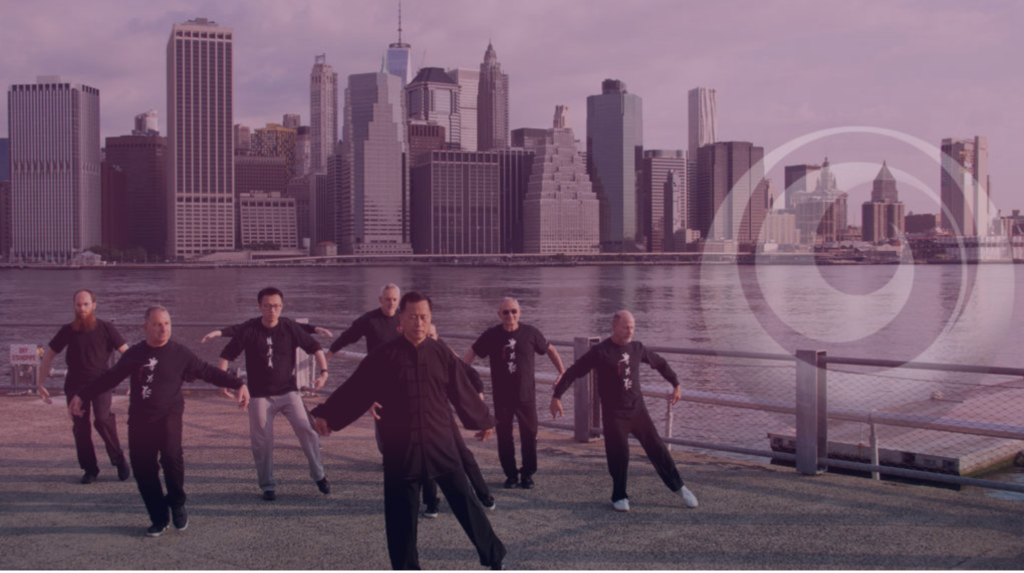The Tai Chi Principles Behind Good Posture (And Why They Work)

Good posture is often misunderstood. Many of us were taught to “stand up straight,” pull the shoulders back, and push the chest out. While well-intentioned, this approach actually creates tension in the body. Over time, that tension can restrict breathing, tighten the neck and shoulders, and throw our balance off.
Tai Chi takes a different approach.
Posture Begins with Balance — The Yin–Yang Principle
In Tai Chi philosophy, everything in the body is a balance of yin and yang:
- Yin: softness, release, grounding
- Yang: support, lift, alertness
When posture becomes too yin, the body collapses or slumps.
When posture becomes too yang, the body stiffens or locks.
Healthy posture exists between these two.
A relaxed, upright, balanced position that requires no effort to maintain.
This balance allows:
- Breathing to deepen
- Joints to remain free
- Muscles to work only as much as needed
- Movement to become smooth instead of forced
How Tai Chi Aligns With Modern Posture Methods
It’s fascinating to see how ancient Tai Chi principles correspond to modern posture training systems such as:
- The Alexander Technique
- Feldenkrais Method
- Structural Integration / Rolfing
These contemporary methods also emphasize:
- Relaxing excess tension
- Aligning the spine naturally
- Allowing the head to balance freely on the neck
- Moving from the center of the body rather than the shoulders
What Tai Chi discovered centuries earlier is now being validated through modern neuroscience and biomechanics:
The body works best when it is both relaxed and supported.
Practical Takeaway: Posture Should Feel Natural
Real posture is not something we “hold.”
It is something we allow.
A Tai Chi-aligned posture feels:
- Open, not rigid
- Grounded, not heavy
- Upright, not forced
- Alive, not tense
Instead of forcing the chest up or the shoulders back, Tai Chi teaches us to:
- Relax downward through the feet and legs (yin)
- Lift gently upward through the crown of the head (yang)
This creates a natural, effortless vertical alignment — like a tree rooted deep in the ground, yet growing upward toward the sky.
Why This Matters
When posture is balanced:
- Movement becomes lighter and more fluid
- Balance improves dramatically
- Falls become less likely
- Breathing deepens
- Stress reduces
- The whole body begins to cooperate as a unified system
Posture is not about “looking good.”
It is about living well.
When we learn to harmonize yin and yang in how we stand and move, the body returns to its natural intelligence — and everything begins to work better.






Responses